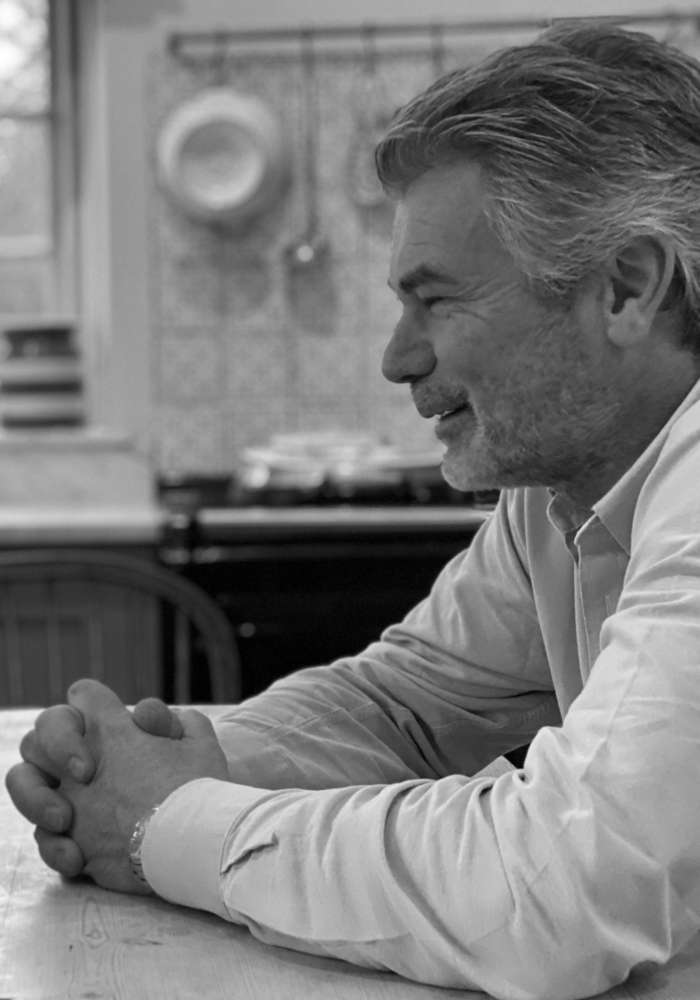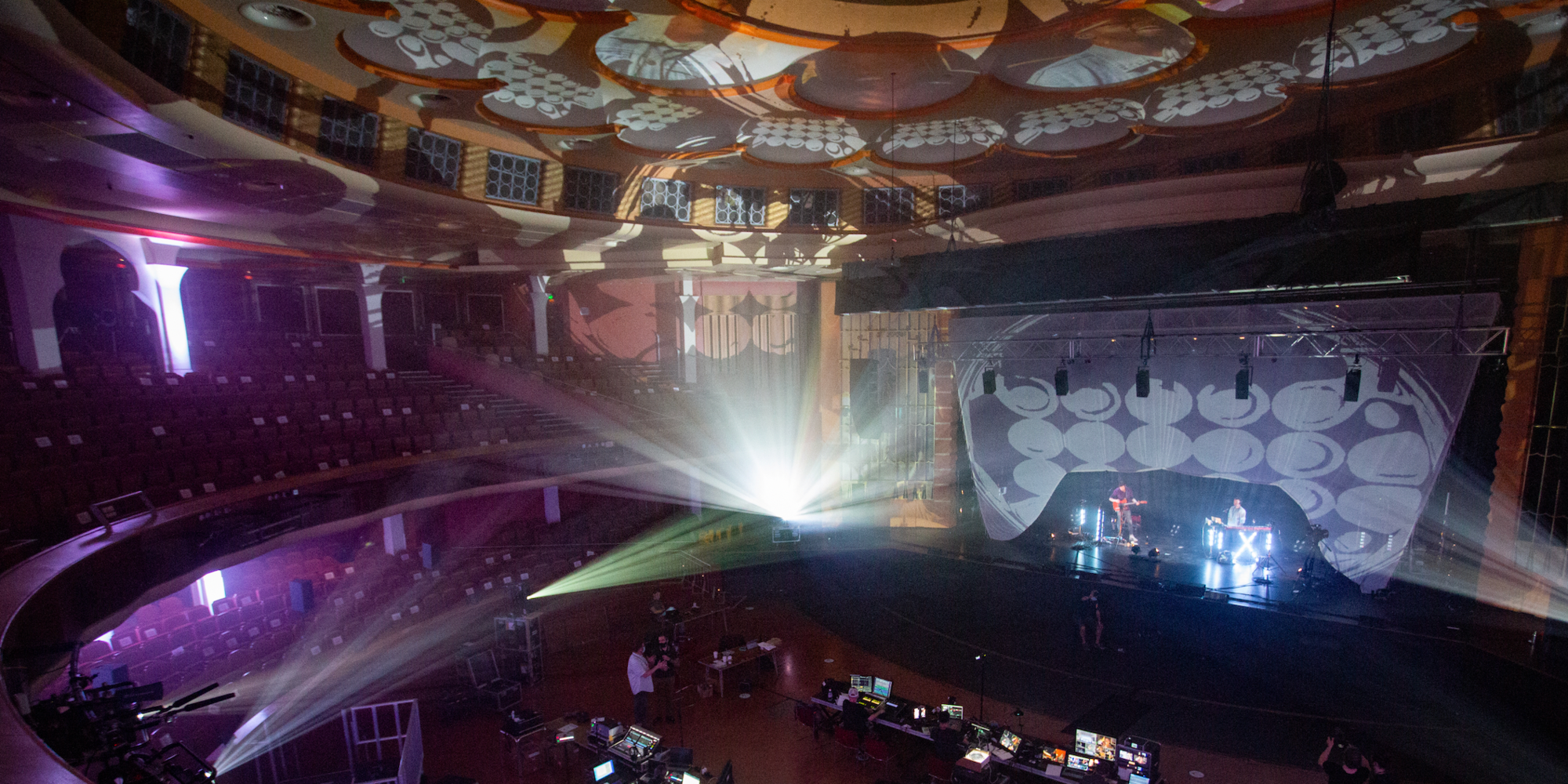Following the management buyout of immersive audio specialist Sonosphere, pro audio industry veteran and former group financial director of audio integration company Autograph, Duncan Bell has spoken to Headliner about the opportunities in the market for the company, as well as the ground-breaking 5G Festival it is helping to drive.
The transaction was completed on October 31, 2021 with Bell set to work alongside existing director Jamie Gosney.
“I became a shareholder and director of Sonosphere last year and I could see the huge potential the company had,” said Gosney. “When the opportunity to take over the ownership was presented, I knew that it was too good to miss. But I needed to have the right team in place to take it forward and make the most of all the opportunities that are presenting themselves.”
For almost two years, Sonosphere has been a central part of the upcoming first ever 5G Festival. The project will harness the 5G network to expand the concept of what can be done in the world of live events, while creating new commercial opportunities for the arts and providing artists and audiences with new ways to interact with each other.
Furthermore, its work with 5GF partner Metropolis Studios has also helped create one of the highest resolution Dolby Atmos certified studios in the UK.
Headliner caught up with Bell to discuss what the 5G Festival means for the future of the industry…
How did you first become involved with Sonosphere?
I’ve known Jamie for a long time. We met when he was on hist first job in the West End on a show called Time around 1986. He worked at Autograph for a while in the late ‘90s and we stayed in touch and ended up building a mutual respect for each other’s strengths and expertise over the years. Then in the middle of 2020, I got involved in We Make Events, which meant that I started joining the calls for that, and on one call I saw Jamie. We had a chat afterwards and he told me about Sonosphere and the 5G Festival project. I told him I was looking for opportunities as I’d left Autograph earlier that year, but we didn’t think any more of it.
Then later that year, I started to hear more and see more about the 5G Festival and that piqued my interest. For many years in theatre, we’d done things with surround systems, so when all the immersive systems started appearing on the market it became an interesting space to watch.
Then in July 2021 there seemed to be an explosion of PR about Sonosphere, the early 5G Festival trials and the studio at Metropolis. It sounded interesting and I started to find out more about it. It seemed very interesting and engaging, so we just got talking and he said there may be an opportunity to acquire the company in some way, which I was keen to explore. From there, he asked if I’d like to get involved because he needed someone with more experience of running a business. And it progressed from there.


